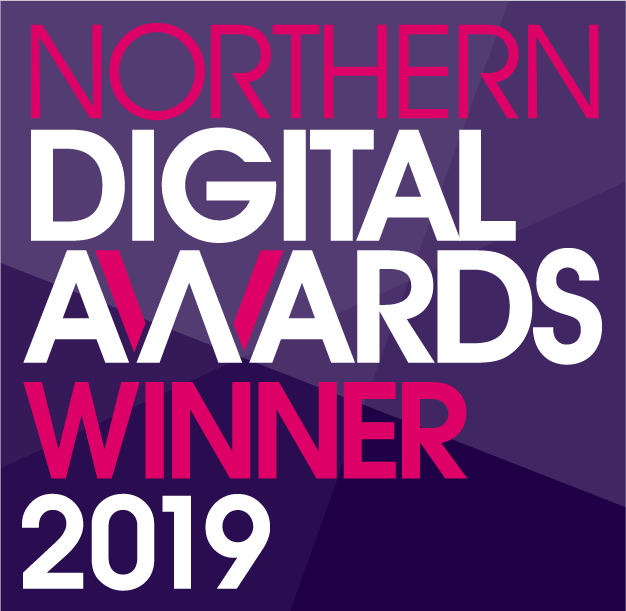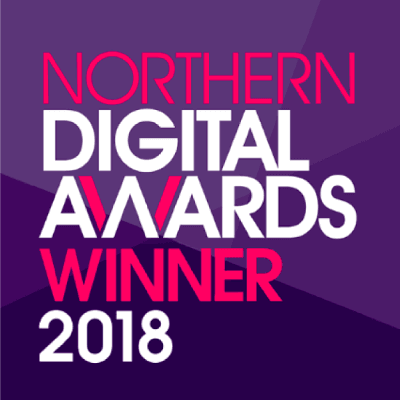Finance Design: 5 UX Challenges
Unsurprisingly, many brands operating in the financial sectors have found themselves falling behind in terms of the digital revolution. Look at Virgin Money for example, mostly relying on their sites or physical locations to cater to the needs of their users, even with branches across the UK falling by 22% in five years. Regardless, none more than this very sector has embraced the need for drastic change brought on by COVID-19, and have implemented transformations that allowed themselves to deliver based on the customer needs and fears.
The pandemic has had a strong impact in terms of user behaviours, attributes, and habits while allowing for opportunity to increase growth and trust. The level of interaction hasn’t changed, however the way brands approach users definitely has. Of course, this in itself is an issue, you have new users of different digital literacy, age, background, etc., now needing to reset their behaviour and forget about any past misconceptions or experiences in order to successfully use whatever tool is given to them.
With the changes in user behaviour in mind, there are a few steps that those operating in the Financial sector should be taking to ensure their current and potential customers are able to make the most of forced digital transformations.
1. Provide a helping hand - Deliver simple onboarding.
To help new users better understand your service, offer a clear multi-level process with a simple end goal to offer value and substance. As well as a guide, this offers a connection between the brand, the user and the tool, allowing for relevant values to speak volumes. Doing this at the start reinforces the high customer values from typical users too.
As complicated as this may be, keep it simple, stupid. It doesn’t take much before a user can be overwhelmed, especially when it comes to their finances. Keep in mind, when it comes to the financial sector the best medium for users is commonly mobile devices, and so cramming large amounts of information on such a small screen will likely be a challenge you face and will need to work hard to avoid. Displaying too much can confuse a user and similarly, showcasing too much data can make the user feel uncomfortable and out of their depth. Think about the usability, how the tool will be used and ensure that it doesn’t have a steep learning curve.
2. Opportunity for trust - Not a marketing tool.
Preliminary banking tools and apps have always been a digital alternative and means to solving basic banking needs - one step further from a cash machine but not as useful as in-branch. As these tools and apps have developed, many now offer a heavier selection of services offered alongside adverts for additional products focused on what else a user could get if they did A, B or C rather than the tool or task itself. In many cases, these offer’s fail to understand the user and the task they’re looking to complete, decreasing user trust.
While there is real world value in promotions, overloading the user with irrelevant messages through a tool including sensitive information can quite quickly produce a terrible experience. Additionally, this can lead to disabling functionality or a complete drop off in use developing a lack of trust not just for the tool but for the brand also. Financial brands must remember that users will likely be skeptical and demand higher levels of satisfaction and trust when using emerging technology that includes real, personal information. Offer real insight to the user, understand why they are using the app, and if need be, offer additional services or promotions that are relevant to what they’re trying to achieve.
A great example of a brand that’s successfully used their app and digital channels to build trust is Monzo Bank. While they currently offer a range of functionality which big high street banks are yet to offer, Monzo still focuses on the basics and anything else is secondary. This presents the user with more control, building trust and increasing the ideology that the bank is working for the user.
Other tools such as Snoop engage with users on their spending habits and offer helpful advice and insight on how they can improve their money habits and behaviours. The app also includes marketing material/offers but these are little to none and are relevant to the user while providing the correct messages.
3. You aren’t the user, the user is the user - it’s about language.
Next to trust, language is the next issue financial tools have as a common pitfall. While all industries have their own terminology, sadly not all of us know what terms such as “gross savings” or even “financial statement” means.
To ensure a seamless experience, digital channels within the Financial sector need to be clear and understandable to everyone — novice or expert. To ensure that’s done, it’s crucial to create a suitable termbase that won’t overwhelm users.
While building a clear termbase will involve testing, testing and even more testing, using language that users actively understand will have massive benefit in the adaptation and integration of digital tools in this sector. Think about simple, more acceptable words for the user to understand. Instead of “invoice” use “billing”, or for “transfer” use “payments”. Use more personal wording such as you or your, including verbs to encourage users to perform actions in a clear way which instills trust and therefore promotes confidence in future actions.
4. Human vs tech - Who do you trust more.
Without a doubt, the biggest problem seen within the Financial sector is trust. Both financial products and financial customers demand more, not just in content and engagement but in the value of trust.
How do I access my bank account? How do I manage my account? How do I track my outgoings? Who has access to my information?
There is a whole world of anxiety present with these types of tools, and while technology offers a host of solutions such as biometric measures which users prefer in terms of speed, a report by Emarketer shows that users are still concerned about their data and are weary about trusting financial providers with their information - especially when it’s done digitally.
To help increase trust, it’s crucial that brands are clear about why they need user data and ensure the process of inputting it is as simple and easy as possible with no boundaries and lots of positive feedback. Keep up-to-date security measures in place and offer them to users straight away. Also, be transparent and communicate with the user - uncertainty breeds anxiety, and as such it should be avoided as much as possible.
“Visibility of system status is first — the system should always keep users informed about what is going on, through appropriate feedback within a reasonable time.”
Offer unique virtual cards which offer peace of mind that you don’t have to enter your card details online and allow for real time user engagement should situations like fraud or unusual activity occur.
5. Be more - make a tool for enrich the experience
So you have developed, tested and produced a product for users to perform all manner of tasks… but could it be more than what it currently is?
Of course all products have a set of tasks/duties they need to perform in order to have any value but what more can a financial tool or digital platform be outside of money management?
An example is to become an assistant to the user. The tool and/or product should offer an emotionally conscious design, layout, and language that supports the user rather than just directing them. If the user has performed a good or bad action, let them know! If they have saved money, celebrate it - provide positive reinforcement to their actions. Engage with their insights and offer real advice - example: with only a few days until their next pay day, let your customer know that you’re there to help them make the right choices and support them if need be.
Offer other types of insight outside of showcasing trends or promotions. Make the user understand how powerful their money can be both as an investment tool and for their own mental health. The Money Charity states that an average adult in the UK has a total of £4,264 unsecured debt as of January 2020, so how can a financial product offer value here?
In summary…
The industry as a whole has found itself being forced into a market they were either taking their time to enter or didn’t think they needed! Like most, COVID-19 has progressively effected digital like nothing before and it begs the question, to what end? A focus on trust and simplicity should lead the way here, it is an investment in growth to be able to earn and give to and from your customers all without being boring or overloading them.
It’s their money, so let’s empower them!
To discuss any of the above in further detail, or for details on how you can further understand your user, get in touch with our senior team to book in a free 1-to-1 session.






